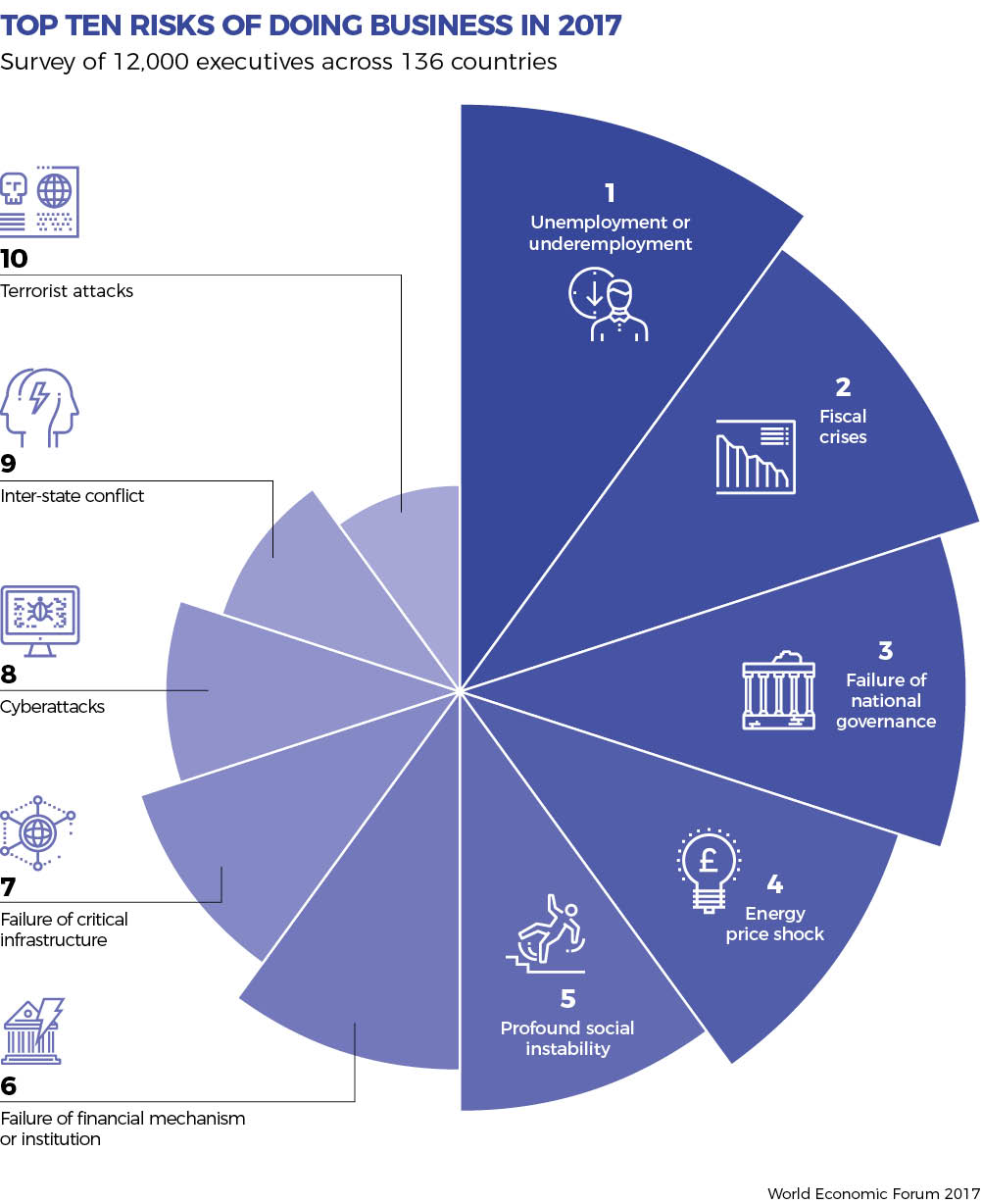Culture is perpetually somewhere on the organisation’s to-do list. We know that leaders understand its importance, yet there is often a reluctance to do anything about it.
Arguably the terminology we use to discuss organisational culture is part of the problem, and we have seen regulators and supervisory bodies across industries aim to tackle this. Culture is not the problem of the ‘organisation’; it is ultimately the responsibility of its leaders. In recent years we have seen chief executives, chief risk officers and board members dragged in front of the press, in front of special committees and out of their positions because they are held responsible for cultural failings within their organisations.
It isn’t that leaders are inactive. On the intranet or in online training for new joiners you commonly find a wealth of detailed investment in policies and procedures, dictating what is expected of employees. Often this is considered a job well done and, at the least, enough to keep regulators and shareholders at bay. Many leaders believe that digging beneath the surface means uncovering problems too big to address. Even worse, for leaders it presents the risk that they may have to take ownership for tackling them. Before we dig deeper and consider the collective subconscious of an organisation, we have found that for greatest impact we must start with our leaders.

It is important to state that managing risk is as much about encouraging growth and preventing stagnation as avoiding potential downsides. In recent years and throughout the ongoing digital revolution, there have been countless case studies on risk-averse brands who, faced with new technologies and fast-growing competitors, failed to take appropriate risk.
There is no one-size-fits-all solution. It is crucial for an organisation to align its risk tolerance to its broader strategy to avoid stifling innovation and growth. Before assessing their impact on the organisation’s risk culture, leaders must start by determining exactly what level of risk can be tolerated in order to balance growth and innovation with safe behaviours.
Only once an organisation has established this, can it begin assessing leaders themselves.
Leading risk culture is more than enforcing the rules. It is the attitudes and behaviours of leaders that drive the risk culture of an organisation. As well as holding ultimate accountability for employees’ actions, leaders’ behaviour as role models will determine the way in which employees perceive their own responsibilities for managing risk. It won’t always be comfortable but it is crucial that leaders understand this.
We use proven psychometric tests that investigate a leader’s strengths and also to recognise the impact these strengths have on an organisation’s culture when overplayed. For example, an organisation’s greatest innovators may also be prone to taking unnecessary risks; when overplayed this can also lead to a focus on idea generation over delivery. Every leader has an impact, but it is also important to think about teams. Diversity is important, not just in background but also in ways of working and thinking.
Understanding a team’s strengths is key to preventing groupthink
We develop detailed group leadership profiles to analyse the impact of leaders in aggregate. The strengths and weaknesses of a team have a real impact on the organisation’s decision-making process and understanding this is key to preventing groupthink. By identifying a leader or team’s blind spots (either by tolerating too much risk or by being too risk averse) we can begin to plug these gaps. The psychometric reports also identify the dysfunctional aspects of a culture that they are likely to exacerbate.
These insights are key to an effective succession planning process and to board appraisal. The rich data provided in these reports contribute to much more informed decision-making when considering new appointments. They also discourage leaders from relying on their own biases to identify what ‘good’ looks like, meaning they are less likely to replicate weaknesses within the leadership team.
By reviewing the performance of leaders through this lens, rather than simply reviewing their outputs, we can better understand the environments in which leaders are likely to thrive or disrupt – the first step to defining and harnessing the potential of any risk culture.
Radha Chakraborty leads Willis Towers Watson’s Talent and Rewards business in the UK. Alasdair Wood is a director in the firm’s Talent and Rewards team in London.
